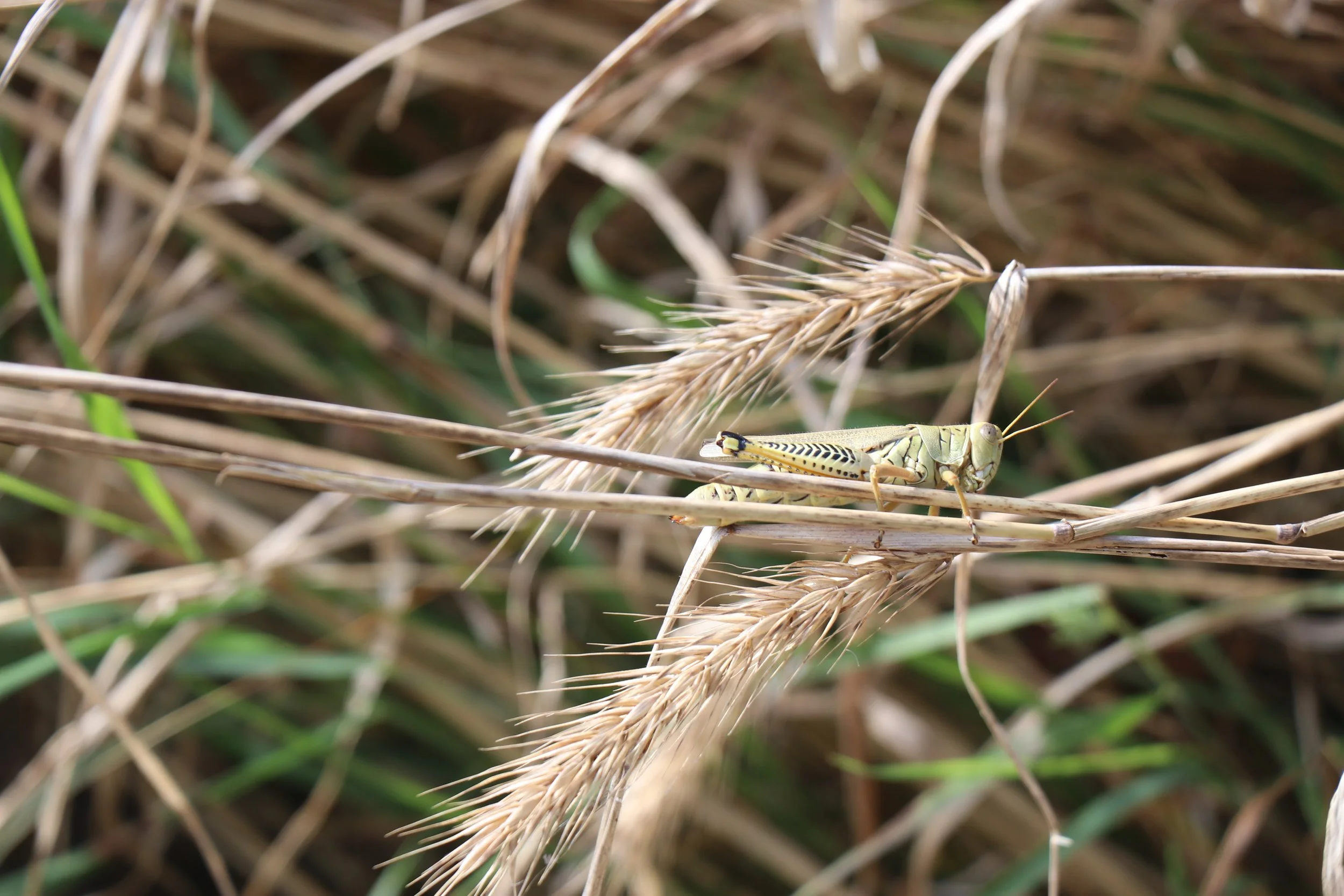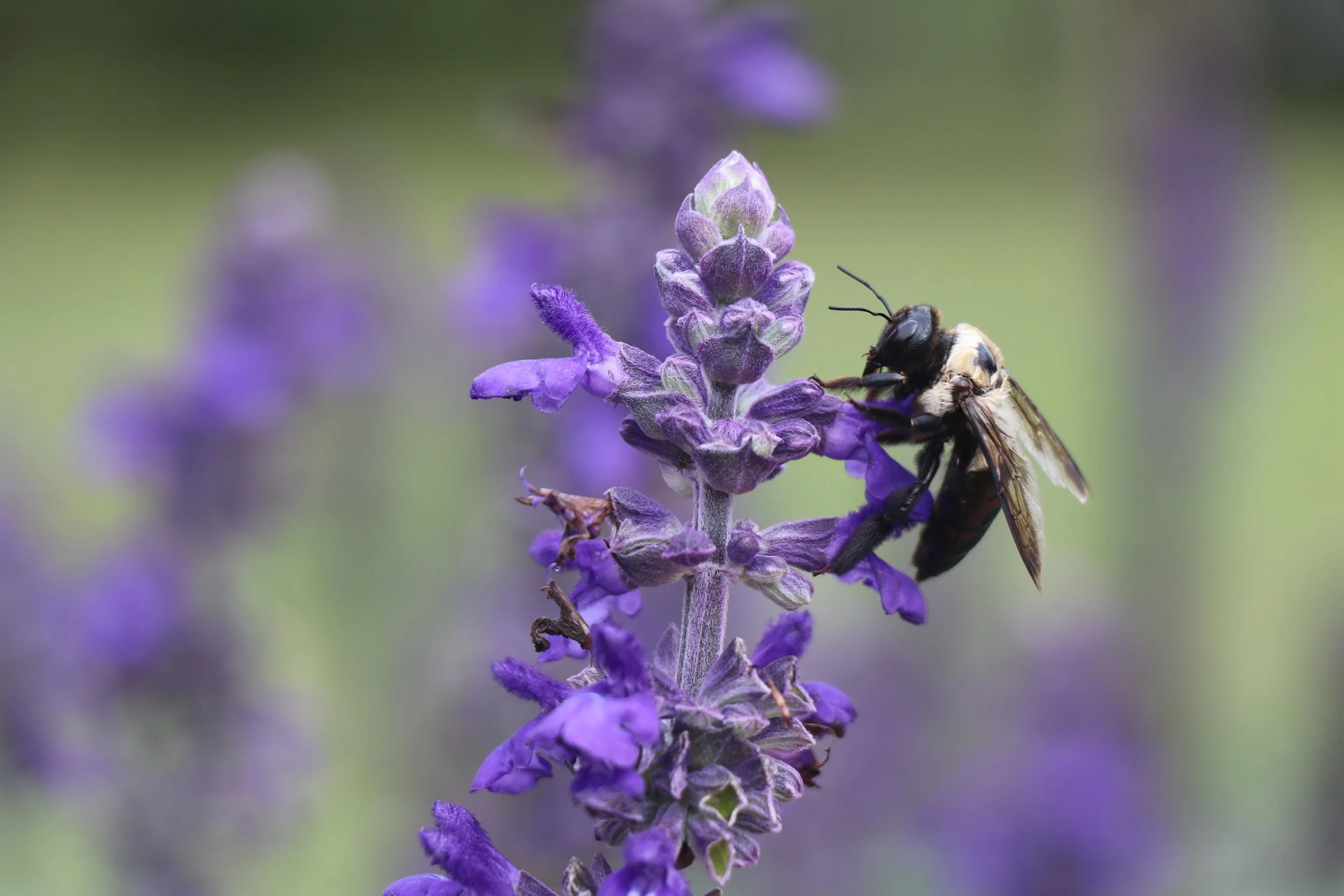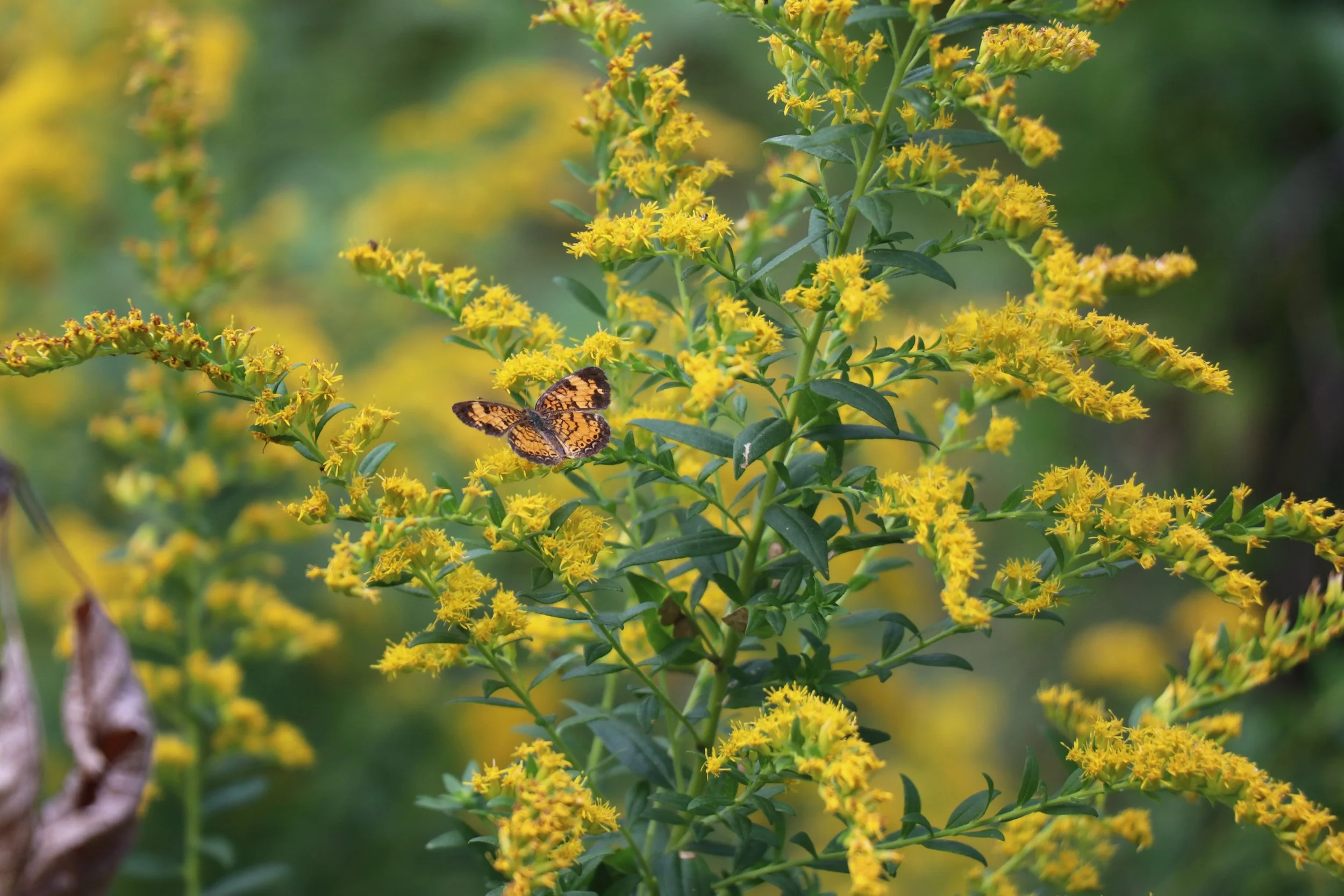Enjoying Autumn in Forest Park
Traditionally, foliage colors in Forest Park begin to transform weeks after the first date of fall. Those of us keeping tabs outside will notice leaves have already started to change in our region.
“Our models predict peak leaf change this year will occur in mid to late October. However, the dry weather we’ve been experiencing may cause leaves to begin changing earlier than expected.”
Will the spring and summer weather affect fall foliage?
Like many in St. Louis, Forest Park is still recovering from the May 16 tornado. It damaged more than 5,000 trees, including Autumn Blaze Maples that surround Pagoda Circle and create Art Hill’s brilliant allée. Thus far, our experts have worked with the City of St. Louis to clear about 2,200 of the total 3,000 trees marked for removal. This work is ongoing.
Forest Park’s tree canopy has been reduced, and on top of that, summer droughts caused failed reproduction in many plants. A lot of flowers have shriveled. But the nature found in Forest Park is full of surprises. Some areas now receive more sunlight due to the thinned tree canopy. That means more and different flowers in places like Kennedy Forest and Kennedy Savanna.
“Pollinators will have a great year. All the butterflies and bees—depending on the species—will have new flowers in areas that were previously too shady for them to grow.”
In the Nature Reserve areas across the Park, over 1,050 trees were affected. Roughly 17% of those trees will remain to support our urban ecosystem. To prepare these disturbed areas for winter, our Nature Reserve specialists have been planting supplemental plugs (young plants) and spreading seed mixes.
Beetles are also going to have a great year! Dead trees are essential to their habitat.
What about Migrating Birds?
Our city is close to the Mississippi Flyway and serves as a stopover for migrating birds.
“The tree canopy that migrating birds use to navigate across St. Louis is now different, and it may influence their route in a way that is bigger than our ecosystem in Forest Park.”
Canopy loss may result in some not stopping here, but Forest Park Ecologist Amy Witt is confident our Park will host migrating birds this year.
With pollinators and other insects thriving with the flowers and deadwood, so too will ground-nesting birds. The enhanced habitat for insects will benefit birds, and other wildlife that live among shrubs and brambles.*
* bram·ble /ˈbramb(ə)l/ noun, usually plural: a section of thorny bushes or vines; a hedge or thicket of shrubby spiny plants
What about Fall Backdrops?
Nature reshaped parts of Forest Park in a single day, and some areas will be different forever.
Though our experiences and views have changed, St. Louisians can still enjoy our Park as we always have. In fact, there will be more flowers in the Nature Reserve this fall and in years to come.
Conservation Arborist Wachter predicts that summer drought will produce more muted autumn tones, compared to the vibrant reds and oranges typically shown. Landscapes she recommends for fall photos include Jefferson Lake, Bowl Lake, the Anne O’C. Albrecht Nature Playscape or Round Lake.
Help Forest Park grow back stronger.
Nature reshaped our beloved green space in a single day, and some areas will be different forever. Restoring the landscape will take years and a lot of community support.
We are planting hundreds of trees in Forest Park this fall! You can help Forest Park recover from the tornado by donating today.







